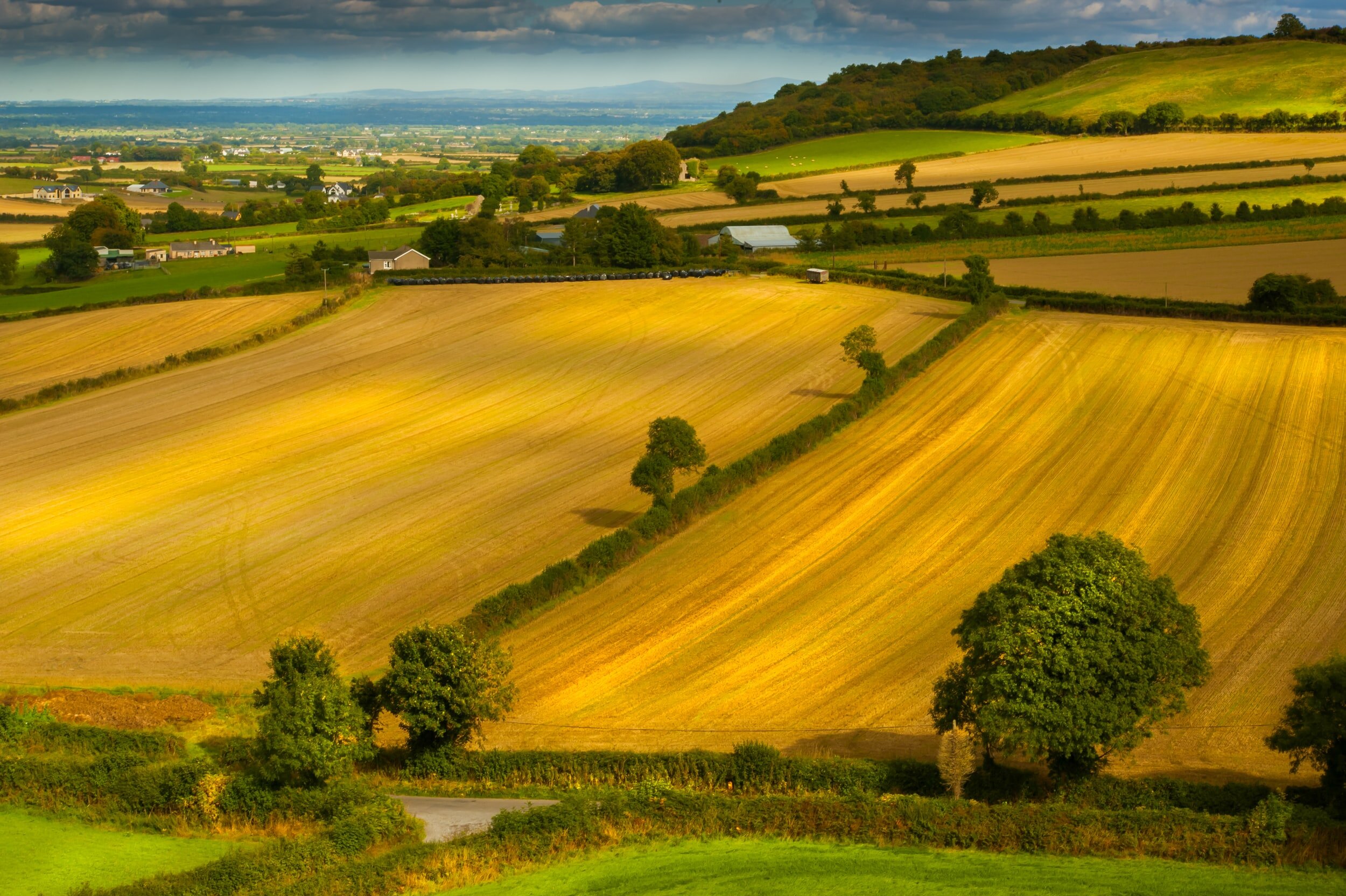The Census and Rural Opportunity
The 2020 census has findings that are relevant for immigrants in small towns. In general, rural areas in the U.S. declined in population over the past decade. Although that loss was only half of a percent (-.5) in the country as a whole, it was much larger in some places, like Lassen County in California (-14 per cent), while in some others (like Tehama County, next door to Lassen) the number of rural residents actually increased. For county-by-county information about population trends in rural counties, see the map provided by the Daily Yonder.
Along with population decline comes labor shortage, which, in rural areas, often means a shortage of immigrants. In Nebraska a researcher has found that counties with significant numbers of Hispanic residents, many of whom came as immigrants to work in meat processing, have lost fewer workers than less diverse places. And in North Carolina the shortage of workers in poultry farms appears to be attributable to immigrants who are moving on to better jobs in other sectors like construction. In Iowa a university economist worries that agricultural businesses “will not thrive and grow if they are not able to continue to attract and retain immigrant labor.”
Are these concerns translating into support for immigration reform? Perhaps. “Year-Round Pork Needs Year-Round Workers” says The National Pork Producers Council’s campaign for expanding H-2A visas, which would still offer only guest-worker status. The Council also sponsored a study that reveals how crucial immigrants are to hog farming. The American Farm Bureau supports the legalization of unauthorized farm workers but doesn’t specify how. Joe Murphy, executive director of the Iowa Business Council, has recently said that immigration reform is “really the bottom line” but hasn’t suggested specific policies. So as of mid-2021 the agricultural sector has not flexed its muscle with Washington.
Rural decline has many causes, including the urbanization of young native-born Americans and the retirement of older farmers. If in-migration can offset the lack of natural population growth—that is, the increase of births over deaths—the foreign-born will rescue both the economy and the culture of the American countryside.

